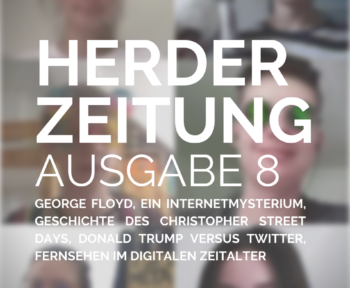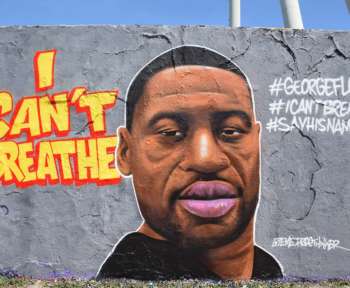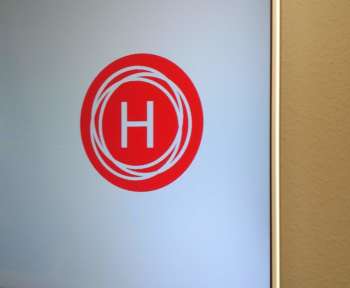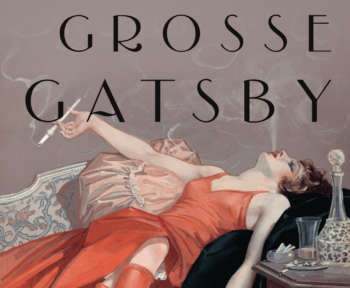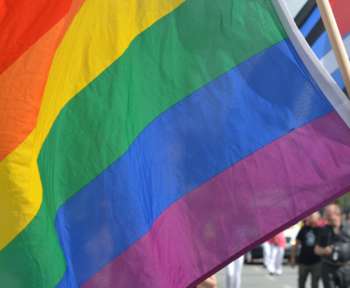Ein Faktencheck unter Trumps Tweets entfachte ein Duell zwischen Meinungsfreiheit und
gezielter Falschinformation.
Twitter added a link to two of President Trump’s tweets, in which he made false claims about mail-in-ballots, urging people to “get the facts”.
What had happened?
After years of pressure from the public concerning Trump’s problematic and misinformed tweets, Twitter finally added information to refute the inaccuracies in his tweets. On May 26, Trump posted two tweets about mail-in-ballots, so voting per mail, and falsely claimed that they would cause the November election to be “rigged”.
Usually the company left Trump’s tweets alone, since they apparently didn’t violate the Twitter rules, but the tipping point was, when Trump tweeted a false conspiracy theory concerning a young woman who died while working for a Florida congressman, Joe Scarborough, who Trump has a long running feud with, causing Trump to suggest Scarborough was involved. A letter from the widower to Jack Dorsey, Twitter’s chief executive, called these “horrifying lies” and asked Twitter to delete the tweets.
Twitter showed sympathy for all those involved, but didn’t delete the tweets. Instead, the company added warning labels to some messages posted by the president, one in which he claimed the mail-in-ballots themselves would be illegally printed, saying that those assertions could lead to voter confusion. This led to a response from Trump, who said that the company was biased against him, “interfering with the 2020 Presidential Election” and “completely stifling free speech”.
Discussion of Fake News
Since Twitter is Trump’s most frequently used method of communication, averaging about 29 tweets per day, the company faces a lot of pressure. If the company deleted his tweets or altered them, it would escalate accusations from conservative politicians that it censors their political views or was biased against them. On the other hand, if nothing is done, world leaders would not be kept to the same standard as everyone else, giving them more power to harass, defame and silence others.
Last year, Twitter said it would hide tweets of world leaders behind a warning label if their message contained harassment or violence. It did not apply those labels to Trump’s tweets. The company also said that it would ban all political ads, even though political tweets often reach a wider audience and have greater power to misinform. It seems that not enough is being done to stop the spread of misinformation and that especially in the case of the President, a blind eye is being turned to these false and threatening posts. If no action is taken against this, it can cause a wave of confusion and uncertainty about the truth and legitimate the regular use of hateful speech, fatal for the future of the country.




